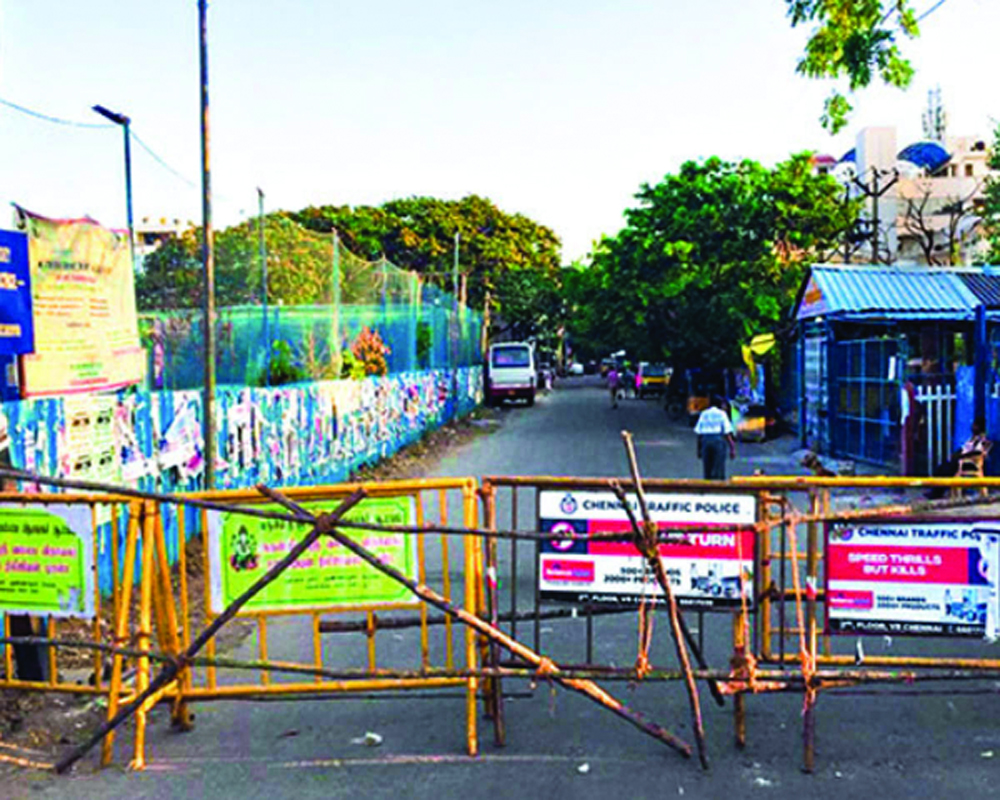The RBI outlook on consumer confidence is a mere indicator of the stark reality. The indices touching record lows may indicate a graver situation
Consumer confidence is at all time low, says RBI, amid slumping of Indian growth to minus 7.3 percent in 2020-21, highest jobless rate at 18 percent and impoverisation of 97 percent of the population.
The RBI also lowered 2021-22 growth forecast to 9.5 percent from 10.5 percent due to Covid-19 second wave. This one percent in real terms downsizes a number of activities. By CAG's provisional deficit estimates at Rs 18.21 lakh crore, GDP projection may come to 9.3 percent.
The impact is reflected in high joblessness at 17.88 percent, according to CMIE on May 30. It has risen by three percent a fortnight earlier. Urban labour force participation also came down to 35.69 percent.
The lockdowns are being stated as prime reasons for the grim situation. The unemployment situation may remain high for six months more amid policy uncertainties and administrative highhandedness. In Noida, close to Delhi, eateries and restaurant have shut shops permanently as the owners have lost their reserves.
The RBI outlook on consumer confidence is a mere indicator of the stark reality. Consumers do not have cash to buy products.The indices touching record lows may indicate a graver situation. The wariness is because of the feeling of uncertainty about the future.Whether this would mean grimmer future or not is not easy to say.
The GDP had contracted 24.4 percent and 7.4 percent, respectively, in the first two quarters of 2020-21 and grew by 0.5 percent in the third. But the second wave of lockdown has hampered recovery. The eight core sector industries in April, 2021 slumped to 126.7 (IIP), the lowest since November 2020.
The RBI report notes that the values of other indices on non-essential items are in the negative. RBI has drastically cut quarterly projections. Its revised projections are - 18.5 percent, 7.9 percent, 7.2 percent and 6.6 percent against the original estimates of- 26.2 percent, 8.3 percent, 5.4 percent and 6.2 percent.
The tiny daily use goods market is reeling under a cash crisis. A large population still is getting food doles though all beneficiaries of last lockdown are not included. Large numbers of people lost jobs, including in the IT sector, in the first wave and are still without jobs. Though the government has announced special loan packages of Rs 15000 crore for MSMEs, it is not certain how many would be in a position to avail them.
It is also linked to global trade situation. Trade minister Piyush Goyal has put a target of $400 billion export target this year against $290 billion last year. But India's trade deficit touched an eight-month low in May at $6.3 billion because of fall in imports due to lack of domestic demand. The May exports remained at $32.2 billion but imports contracted to $38.5 billion. The WTO last month said that merchandise trade would continue to increase by 8 percent - considered a bit more optimistic. The world uncertainty may dent India's trade.
In this situation the forex kitty rising to $590 billion may not be as rosy as it looks. The RBI does it by various gold and foreign currency management much to the chagrin of the US as it feels that dollar prices are suppressed. It also needs to be assessed against total external debt, and corporate external commercial borrowings (ECB) and repatriation costs.
The rising figures of FDI, not all, are suspect. The IMF says it is being used for routing black money. According to RBI, large percentage of the FDI, $20,110 million came from Mauritius and Singapore and a mere $3,401 million from the US. This is not considered a quality FDI but projects a larger-than-life picture through virtual inbreeding. It calls for a proper scrutiny of large net-worth groups.
Globally, phantom FDI investments amount to an astonishing $15 trillion. India is also a part of it. Such siphoning and rerouting of investments affect the basic economic conditions and increases disparity. Whether this should be linked to increasing hunger and poverty in the country or not is a moot question. It is sometimes believed that 80 crore people are on food dole for this kind of inversion.
The lack of consumer confidence and purchasing power emanates from such operations. Ignoring it for long is never desirable. It is a bubble but if it bursts there could be social trouble. Cosmetic promises and doles cannot contain it for long.
The writer is a senior journalist. The views expressed are personal.


























